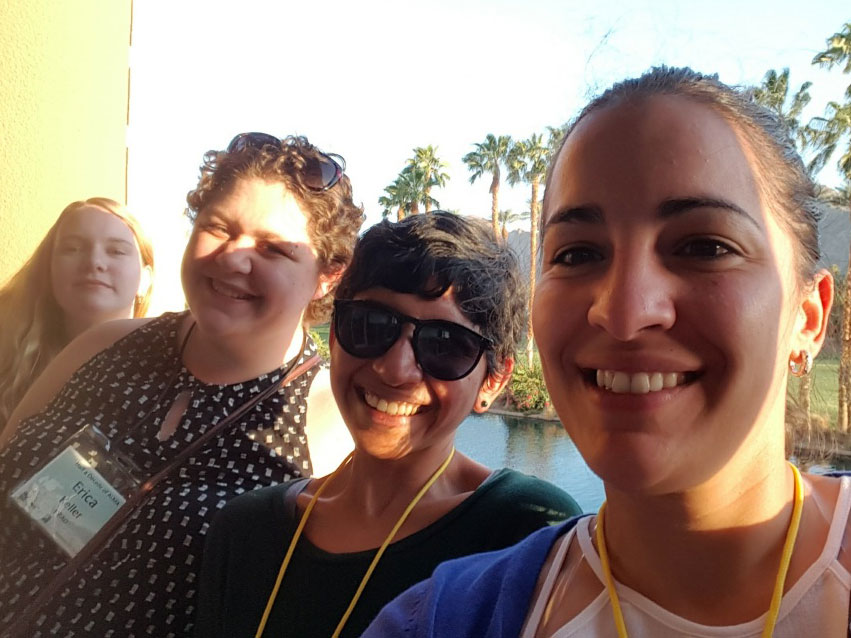NRAO eNews
Volume Vol#, Issue Iss#
Day# Month# Year#
NRAO eNews
Volume Vol#, Issue Iss# • Day# Month# Year#

Upcoming Events

NAASC Data Analyst Recruitment Virtual Event
April 27, 2022 | Virtual

Community Webinar Series: NRAO's New Archive Access Tool
May 12, 2022 | Virtual

18th Synthesis Imaging Workshop
May 18 - 25, 2022 | Virtual

Computational Astrophysics in the ngVLA Era: Synergistic Simulations, Theory, and Observations
Jun 7 - 9, 2022 | New York, NY

NRAO Town Hall
Jun 13, 2022 | Pasadena, CA

The VLA Sky Survey in the Multiwavelength Spotlight
Sep 7 - 9, 2022 | Socorro, NM

9th VLA Data Reduction Workshop
Oct 11 - 20, 2022 | Socorro, NM
ALMA Cycle 9 Call for Proposals Open
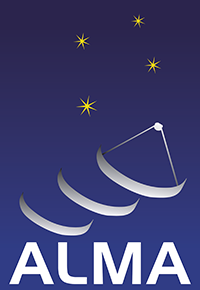
The ALMA Director, on behalf of the Joint ALMA Observatory (JAO) and the partner organizations in East Asia, Europe, and North America, is pleased to announce the ALMA Cycle 9 Call for Proposals (CfP) for scientific observations to be scheduled from October 2022 to September 2023. For this CfP, the JAO anticipates having 4300 hours of approved science time on each of the 12-m, 7-m, and the Total Power arrays. Together, the 7-m Array and Total Power Array form the Atacama Compact Array (ACA), also known as the Morita Array. Projects with observations in the highest-frequency Bands 8, 9, and 10 are strongly encouraged.
Cycle 9 will not include a Supplemental CfP for stand-alone ACA observations. The community is encouraged to submit ACA standalone projects, especially in the LST range of 20h to 10h, for the April 2022 deadline.
The Cycle 9 proposal submission deadline is 15:00 UT on Thursday, 21 April 2022.
Student Funding Opportunity for ALMA Archival Research
The North American ALMA Science Center is pleased to announce a funding opportunity to support students working on data obtained from the Atacama Large Millimeter/submillimeter Array (ALMA) archive.
This opportunity will follow the terms and conditions of the NRAO Student Observing Support (SOS) program. Students enrolled at U.S. universities and colleges are eligible for funding. Eligible expenses include a student stipend, computing hardware, and student travel to present ALMA results at a domestic conference. Awards are subject to the SOS cap of $35,000 per investigator per year, combined from any active Very Large Array / Very Long Baseline Array and ALMA SOS awards.
While preference will be given to programs that draw from the rich archive of public ALMA data, Principal Investigators (PIs) may also apply for funding to continue research on their own ALMA programs.
The NRAO SOS Program provides student funding on a competitive basis. Applications will consist of: (1) a scientific justification to describe the context, aims, and anticipated scientific results of the investigation, written using the ALMA dual-anonymous guidelines; (2) a statement of the student's role in the research and a plan for publication; and (3) a statement of the PI's current and pending funding and demonstrated need. The PI will also provide a description of the budget.
For more information, and to apply, visit the SOS website.
The application deadline is 13 May 2022. We expect to announce results in July 2022.
Questions about this SOS opportunity may be directed to Jim Braatz.
ALMA Program News
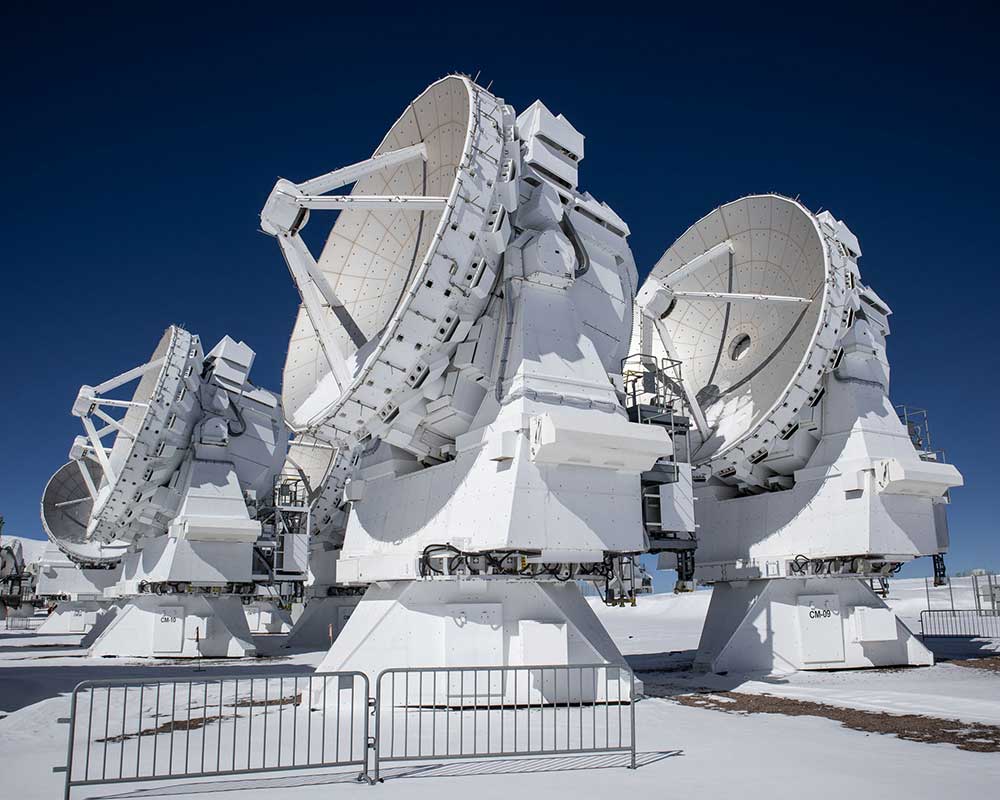
Sergio Otarola
Elements of the ALMA Compact, or Morita, Array during a March Altiplanic Winter event at the Array Operations Site
[click to enlarge]
ALMA Status
The ALMA Cycle 9 Call for Proposals for scientific observations is now OPEN! Users of any nationality or affiliation are invited to submit proposals before the deadline of 15:00 UT on Thursday 21 April 2022.
ALMA is currently in the compact C2 configuration, slowly expanding outward and observing Cycle 8 queue programs.
ALMA Science Sustainability
A Call for Proposals for ALMA Development Studies will be released in May 2022. The deadline for proposals will be in July 2022 for funding to run 1 January–31 December 2023, depending on the U.S. Federal budget process. We welcome any member from within the North America ALMA Development Partnership (U.S. or Canadian Institution) to submit a proposal to investigate a potential ALMA upgrade, particularly those which address goals of the ALMA2030 Development Plan (ALMA Memo 612) and the ALMA2030 Wideband Sensitivity Upgrade. When the Call opens, the materials will be linked from the North American (NA) ALMA Development Program website. Reports from Previous ALMA / NA Development Studies may be examined at ALMA Development Studies and Projects History.
North American ALMA Science Center Webinars
The ambitious ALMA2030 Wideband Sensitivity Upgrade seeks to at least double and eventually quadruple the correlated bandwidth of the ALMA Observatory’s antennas. The 1.3mm band receiver (Band 6v2) will be the first receiver upgraded as a part of the ALMA2030 Development Roadmap. ALMA / NA Program Scientist Crystal Brogan notes that this receiver was chosen for the first upgrade because “Band 6 is currently ALMA’s most popular band in terms of the number of hours proposed each cycle. We see more ALMA publications reporting results from this band than any other in every observing year.” Through 31 March 2022, 1485 of ALMA's 2752 published papers used the 1.3mm band.
A Webinar on the ALMA Wideband Sensitivity Upgrade and Other New Capabilities was held 16 March. The recording and presentations from this North American ALMA Science Center (NAASC) Webinar are available online.
An earlier NAASC Webinar titled Toward a More Inclusive Proposal Review Process occurred in February 2022. An updated analysis of systematics in the ALMA proposal ranks was discussed from Carpenter (2020) to include the last two ALMA cycles, when significant changes were introduced in the proposal review process. For those unable to attend, this webinar is also available online as is the journal article.
NAASC Data Analyst Recruitment Virtual Event
The North American ALMA Science Center (NAASC) is hiring Data Analysts at all levels of experience! Come to this virtual event on 27 April 2022 at 2 p.m. ET to learn more about what it is like to work as a Data Analyst, meet members of the team, and learn how you can build your career.
Please register to attend this virtual event, and consider applying for a Data Analyst position!
ngVLA Project News
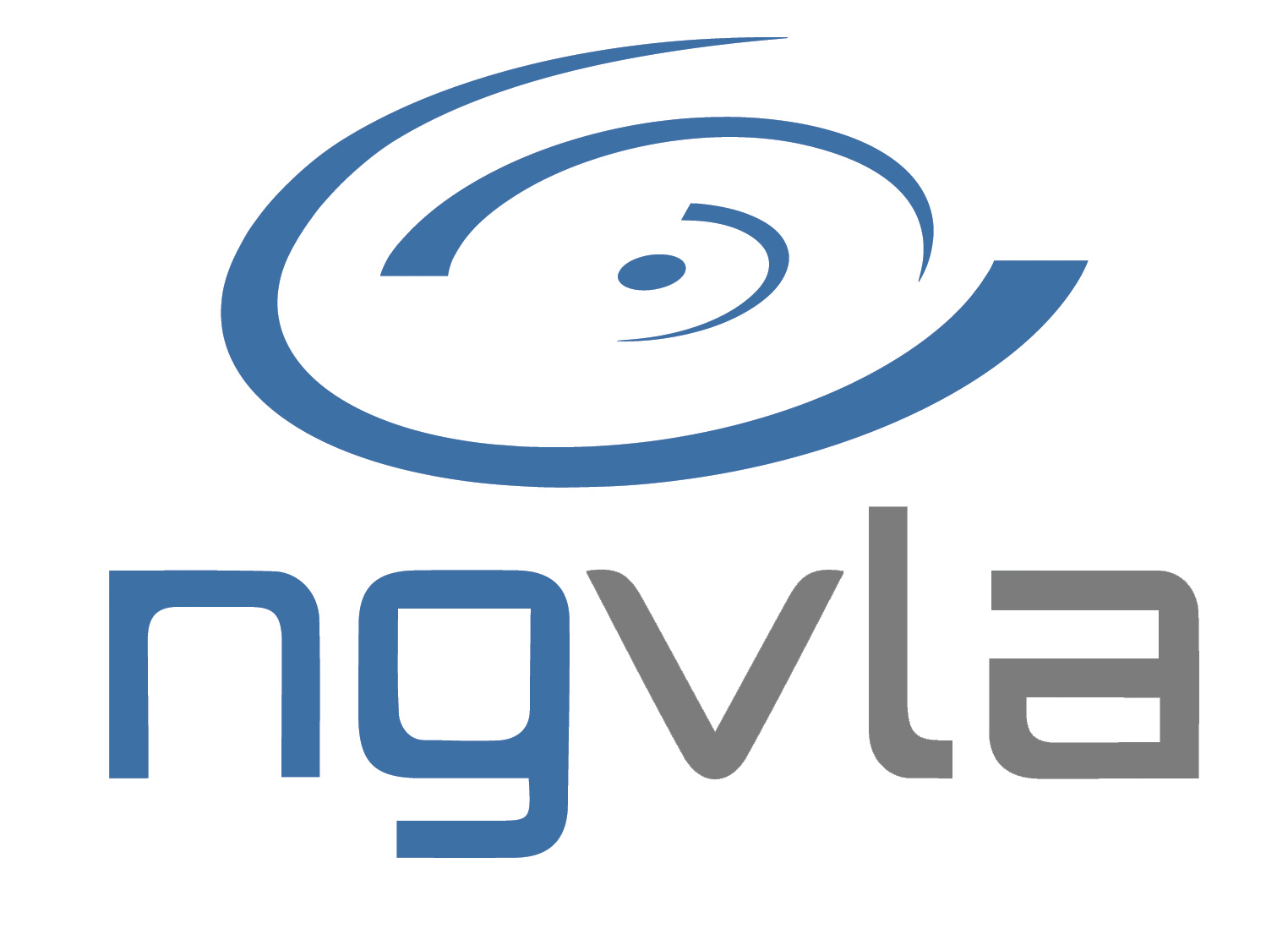
Computational Astrophysics in the ngVLA Era: Synergistic Simulations, Theory, and Observations
This conference will be held 7-9 June 2022 at the Simons Foundation's Flatiron Institute in Manhattan, New York, U.S. The in-person conference will bring together theoreticians, modelers, and observers to discuss the computational astrophysics and observational challenges for the next generation of observatories.
To round out the program, we especially seek abstracts with examples of observations that push the limits of existing observatories, and describe how the next generation of observatories can yield data that will significantly improve current astrophysical modeling.
The abstract deadline for oral presentations has been extended to 15 April 2022. The final oral program will be announced by 1 May 2022.
An ngVLA Avenue to Measure the Planet Formation Budget
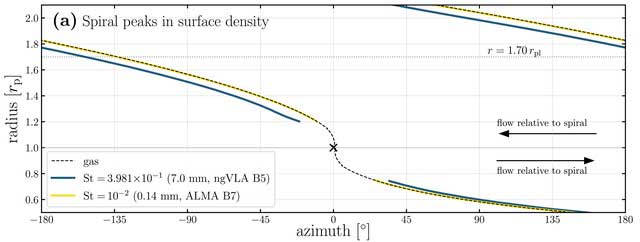
Expected offset between the crests of planet-driven dust spiral wakes probed by the ngVLA (blue) and ALMA (yellow). Speedie et al. (2022).
[click to enlarge]
Observing thermal emission from dust particles suspended in gaseous circumstellar disks is a very effective way to learn about the planet formation environment and to indirectly detect young planets while they are still forming.
A planet reveals its presence in a circumstellar disk by its gravitational influence on the surrounding material. As it orbits the star, it leaves a conspicuous wake in the gas which is subsequently wound into a spiral due to the disk’s differential rotation. When dust particles encounter the wake, they experience a temporary drag force and form a spiral wake structure of their own. Importantly, the crest and trough locations of the spiral wake formed by dust in a circumstellar disk depend on the particle size and local gas density (e.g., Sturm et al. 2020).
Speedie et al. (2022) showed that comparing the spiral wake morphology in next generation Very Large Array (ngVLA) observations of large (~cm-sized) dust to ALMA observations of smaller (~mm-sized) dust opens new possibilities for future science. Measuring the offset between the dust spiral wakes in such a pair of observations presents a new avenue to measure the circumstellar disk mass. This will be a method that is not prone to the same large uncertainties as the current approaches (Terry et al. 2022).
The mass of a circumstellar disk is a crucial quantity to measure, as it sets the "planet formation budget" for the exoplanetary system that will be formed. Without knowing that number, we cannot accurately calibrate any of our planet formation theories. The exquisite angular resolution and sensitivity of the ngVLA is what makes measuring this offset observationally feasible, and doing so would constitute a momentous synergy between the ngVLA and ALMA interferometers.
Since 2015 the acronym ngVLA has appeared in 800+ publications indexed in the SAO/NASA Astrophysics Data System. This article continues a regular feature intended to showcase some of those publications. We are especially interested in showcasing work done by early-career researchers. The collection of showcase articles can be viewed online. Anyone wishing to volunteer to author a feature should contact Joan Wrobel.
9th VLA Data Reduction Workshop: 1st Announcement

The NRAO is pleased to announce the 9th VLA Data Reduction Workshop, which will be held Tuesday, 11 October–Thursday, 20 October 2022 in Socorro, NM, USA.
The main goal of this Workshop is to assist observers with the challenges of Very Large Array (VLA) data reduction posed by the increased flexibility and complexity of the instrument. We will provide lectures on various topics in a hybrid format and allow in-person participants to reduce and image their own data while local expert staff members are available for consultation.
Please note that this is an advanced Workshop and, unlike our summer Synthesis Imaging Workshops, is not intended for those who are new to radio interferometry. Prior experience with AIPS, CASA, or MIRIAD is required. We will be using CASA (casa.nrao.edu) as our main data reduction package, and a working knowledge of it would be helpful.
This event will span two weeks: The first week will include both lectures and dedicated time for data reduction and imaging, and the second week will be devoted primarily to data reduction and imaging of your own data.
For more detailed information (preliminary program, lodging, travel, etc.) please check the workshop webpage.
There is no registration fee to attend the workshop. However, space will be limited to about 30 participants, so please register early to reserve your spot. The opening of registration will be announced within the next two months.
Socorro is served by the airport in Albuquerque (75 miles north of Socorro), and we would like to note here that the International Albuquerque Balloon Fiesta will precede the workshop, ending on 9 October 2022, and draws many visitors to New Mexico during that time.
We look forward to welcoming you to NRAO and Socorro this October.
The VLA Sky Survey in the Multiwavelength Spotlight: 3rd Announcement
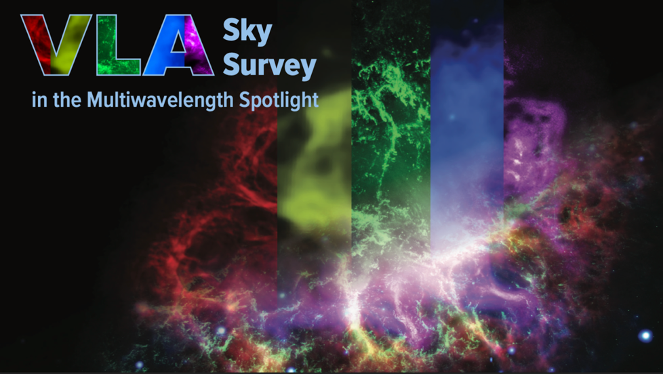
REGISTRATION IS NOW OPEN!
The NRAO is organizing the “Very Large Array Sky Survey in the Multiwavelength Spotlight” conference that will take place from 7-9 September 2022, in Socorro, New Mexico, USA as well as virtually! The hybrid format of this conference will allow participants to choose to attend either in-person or virtually.
The goal of this conference is to share a diverse range of scientific perspectives, both on the discoveries enabled by the Very Large Array Sky Survey (VLASS) on its own, and on advances made possible through synergy with other datasets. Opportunities for multiwavelength VLASS synergy include radio/mm observatories and surveys (e.g., ALMA, LOFAR, ASKAP, MeerKAT, Apertif), optical/infrared imaging and spectroscopy (e.g., HST, Roman, Euclid, DESI, PFS, JWST), multi-epoch widefield surveys (e.g., SDSS, PanSTARRS, LSST, DES, ZTF), and the high-energy domain (e.g., Chandra, XMM-Newton, eROSITA).
Registration is now open: Register today! Registration is now open until 1 August 2022 for both in-person and virtual attendees. Discounted rates are available for students.
Travel support applications are now open: If you need financial assistance in order to attend the meeting, please complete the Travel Support Request form. You must give an oral (if chosen) or poster presentation to receive support. The primary goal of our travel assistance program is to broaden participation in the in-person component of the conference. Preference will be given to students and early career researchers from underrepresented backgrounds. Options for administering funding awards will include travel advances and/or direct booking prior to the meeting. The organizers will review requests on an ongoing basis. They must be received by 1 June 2022.
VLA tour announcement: All registrants are invited to join us for a private, exclusive tour of the VLA on Saturday, September 10th. Buses will leave Socorro at 8.30 am and return by 2 pm. The VLA tour is included as part of the in-person registration. Additional tickets for guests may be purchased for $15 during registration. Space on the VLA tour is limited, and will be accommodated on a first-come-first-served basis. Secure your spot on the tour by registering today!
Abstract submission is open: Submit your abstract today! We are soliciting abstracts for both oral and poster presentations related to the following key topics:
- Galaxies, SMBHs, AGN, and quasars
- Explosions, variables, and transients
- Star formation and the ISM
- Galactic radio sources
- Polarimetry and Magnetism
- Broadening participation in astronomy*
- Multiwavelength surveys and instruments
- Data products, archives, and tools
(*Broadening participation topics include student programs, mentoring, and outreach.)
Confirmed Invited Speakers: Additional invited speakers will be announced soon! |
Key Important Dates: |
SOC: |
LOC: |
Questions? For additional conference details, please visit go.nrao.edu/vlass22 or contact the conference mailbox at vlass22@nrao.edu. Follow us on Twitter and join the conversation by using #VLASS22.
Upcoming NRAO Legacy Archive Retirement
This is a reminder to our community that the new archive tool is now the primary service for all NRAO science data products, and continues to provide access to ALMA data products. The legacy NRAO archive, which has served the community well for many years, will be retired on or about 2 May 2022.
At that time, users will be redirected to the new archive to access their data. NRAO is continuing to develop the new archive, fixing bugs and working to improve the user experience. Users who encounter difficulties accessing data, find possible bugs, or have feature requests for the new archive should contact the NRAO helpdesk.
Our Galactic Ecosystem: Opportunities and Diagnostics in the Infrared and Beyond
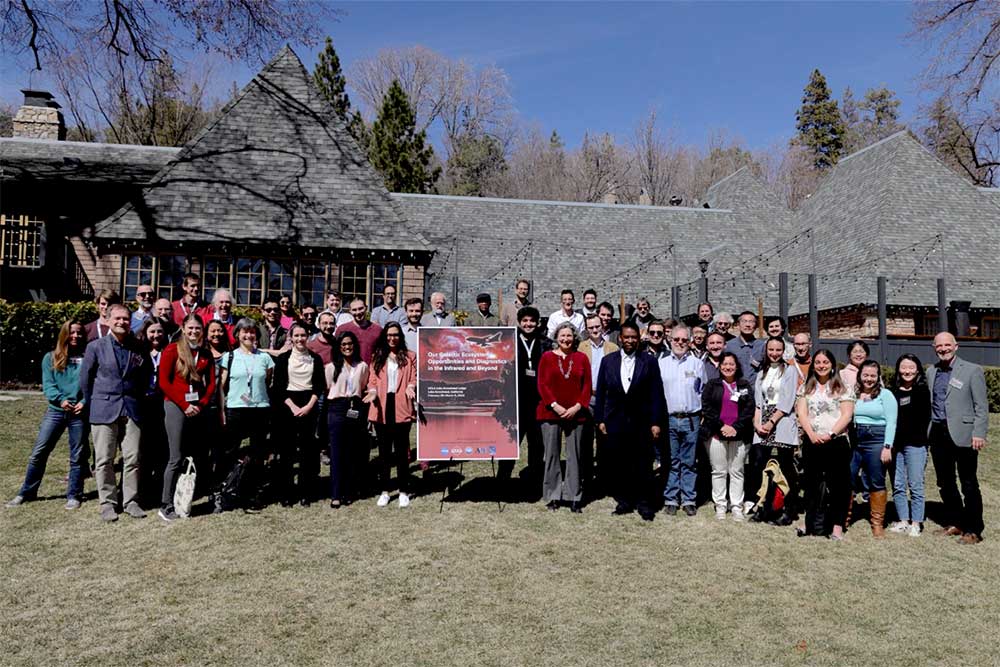
Attendees at the Our Galactic Ecosystem conference.
[click to enlarge]
The prospects of a face-to-face meeting at the beginning of the year seemed bleak. Yet, during that time, the organizers from the SOFIA Science Center and the North American ALMA Science Center remained optimistic that a face-to-face topical conference, highlighting the scientific synergies between SOFIA and ALMA could be organized safely. After numerous changes in protocols for on-site attendance and the decline of COVID-19 cases nationwide, we are very proud to report on the success of this event, one of the first in-person astronomy conferences since March 2020.
More than 60 participants gathered from 28 February - 4 March 2022 at the Lake Arrowhead facility for talks and discussions, which were also made available to the limited number of remote participants who unfortunately could not attend owing to regional COVID travel restrictions or recent COVID exposures.
The premise of the meeting was to explore observational diagnostics of Interstellar Medium (ISM) structure and chemistry on galactic scales, which helps to better understand the lifecycle of dust and gas in galaxies and the drivers of ISM evolution (stellar feedback, star formation, magnetic fields, supernovae). The scheduled talks spanned an array of sources and scales: comets, Young Stellar Objects, stellar environments, molecular clouds, and nearby galaxies (including high-z analogs).
Several presentations showcased the latest results from multi-wavelength surveys of stellar cores, star forming regions and extragalactic ISM, including a number of magnetic fields maps from far-IR polarimetry (SOMA, FEEDBACK, HYGAL, PHANGS, GALFA, GALMAG, SIMPLIFI). The discussion of these data was enhanced by presentations of state-of-the-art advances in modeling approaches and theoretical frameworks.
Ample time was dedicated to discussions on the role of the Stratospheric Observatory for Infrared Astronomy (SOFIA) and far-IR observations in the current and future landscape of astronomy facilities. In addition, the participants were encouraged to present the link between the far-IR observations and the millimeter/submillimeter observations with ALMA and other millimeter/submillimeter wave observations. The synergies presented throughout the conference highlighted the datasets and observational opportunities available to all scientists asking fundamental questions about our Galactic ecosystem. The face-to-face meeting was the natural extension of the SOFIA/ALMA Summer Webinar Series held in 2021. The SOFIA and ALMA Science Centers plan to continue to collaborate on meetings and workshops highlighting the synergies between these facilities.
Finally, one of the highlights of the meeting was the presentation by Troy Asher (NASA), a former Air Force and SOFIA test pilot, who described the years of testing, testing, and more testing that was essential to design and fly an aircraft that holds the state-of-the art far-IR optics and equipment to make the discoveries that SOFIA is known for today.
For more information and to get help with SOFIA observations, proposal preparation, and data processing, visit the SOFIA Science Center homepage. For further information about ALMA and the North American ALMA Science Center, visit the North American ALMA Science Portal.
The ALMA Cycle 9 Call for Proposals closes on 21 April 2022 at 15:00 UT.
Are You Presenting ALMA, VLA, or VLBA Results at AAS 240 in Pasadena?
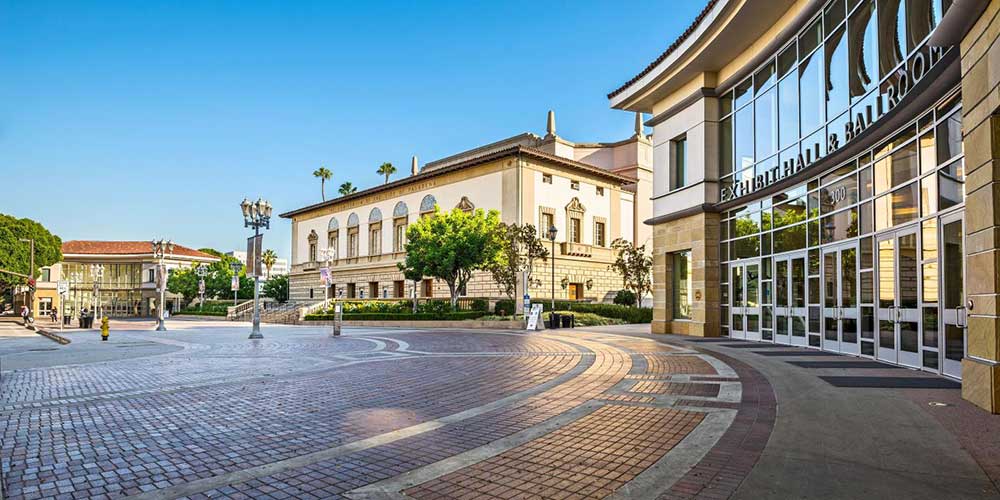
The 240th American Astronomical Society (AAS) meeting in Pasadena, CA is set to be perhaps the largest spring/summer conference in AAS history as we all come back together for the first time in over two years. That means more distractions for journalists, and fewer opportunities to keep their attention. Do you know how to talk about your research in under three minutes in a crowded and noisy hallway?
Now is the time to schedule media training with the NRAO News Team. Please reach out to Public Information & News Manager, Amy C. Oliver, for training options.
Recent Media Releases
|
Baseline #11 - Finding Planets That Have No Star |
|
|
Hey DUDE: Mysterious Death of Carbon Star Plays Out Like Six-Ring Circus |
|
|
The Multiplicity of Worlds: How the VANDAM Survey Studies Planetary Systems |
|
|
2022 Jansky Fellowships Awarded |
Career Opportunities
Observatory Scientist, Open Rank (4713): VLA/VLBA Science Support Division, Socorro, NM
The NRAO is seeking candidates for a wide variety of positions. For a full list of open positions please visit our Careers Page. Also, to stay up-to-date on new openings sign-up for our Job Alerts.
From the Archives
Ellen Bouton

[click to enlarge]
About this month's photo: In 1977, a collection of 80 photographs, intended to illustrate a radio astronomer at work, was created for display in the Green Bank Tourist Center. Dave Shaffer, an NRAO Scientific Staff member and former summer student, was the "typical radio astronomer." The sequence of photos showed him arriving in Green Bank via shuttle, in the residence hall and cafeteria, working with colleagues in Green Bank, taking data in the 300-foot telescope control room, doing research in the libraries in Green Bank and Charlottesville, reducing data, consulting with staff in Charlottesville, and giving a colloquium in Charlottesville. In this photo (left to right), computer operators Leroy Napier and Wade Davis, along with Dave Shaffer, consider Shaffer's data output as it rolls off the line printer in the Charlottesville computer room.
From the Archives is an ongoing series illustrating NRAO and U.S. radio astronomy history via images selected from our collections of individuals' and institutional papers. If readers have images they believe would be of interest to the Archives, please contact Ellen Bouton.

